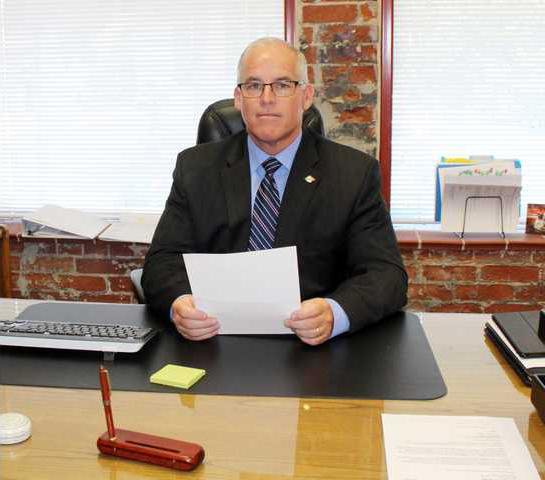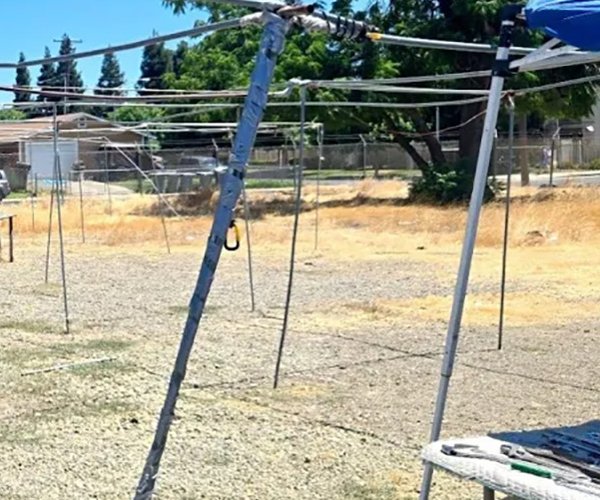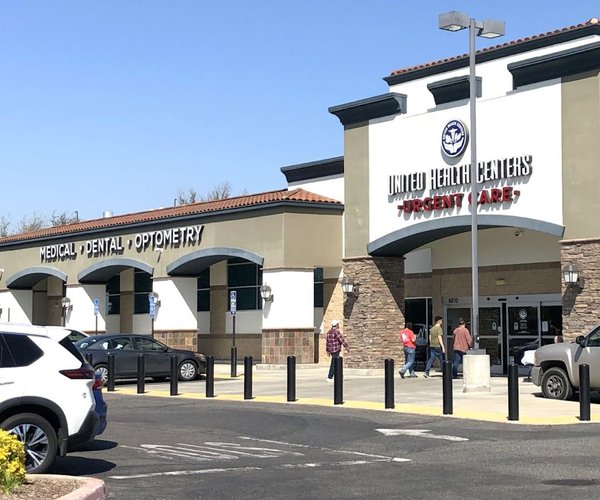This month marks City Manager Gary Hampton's 100-day milestone as head of the City, and even though it's a position he's held before — for four months in 2009 — both Turlock and Hampton are at much different places today than they were seven years ago. Hampton began his service to the City of Turlock in 2006, when he took the position of Chief of Police. In January 2009, Hampton was asked by the then-City Council under Mayor John Lazar to serve as Interim City Manager, following the Council's midnight decision to terminate City Manager Tim Kerr.
Hampton continues forward-thinking leadership during second stint as City Manager









